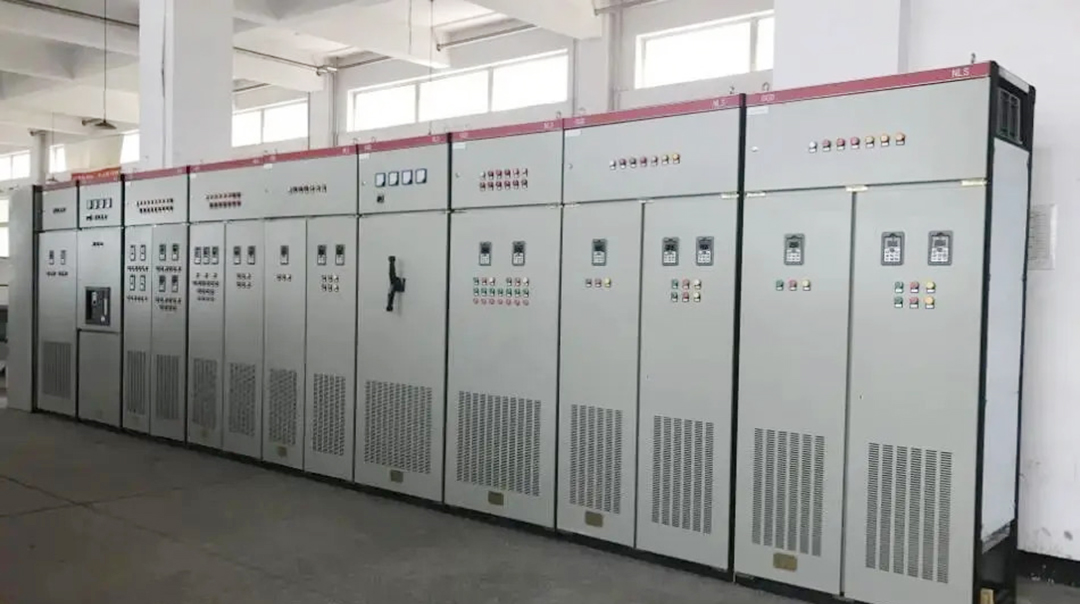Power Quality Optimization: Minimizing Disturbances and Maximizing Energy Efficiency
Importance of Power Quality
Maintaining high power quality is essential, as voltage fluctuations can disrupt energy-saving equipment, leading to unplanned downtime and undermining sustainable investments.
Causes of Power Quality Issues
While weather events can cause unplanned downtime, energy-saving equipment, which often uses power electronics, is also highly sensitive to power fluctuations and prone to increasing harmonic distortion. Examples of such equipment affecting power quality include:
Power Factor Correction: Installing power factor correction can cause harmonic resonances or voltage transients.
Solar Inverters: These can excite power factor capacitors, leading to capacitor bank failures.
Variable Frequency Drives (VFDs): Replacing motors and pumps with VFDs can increase overall harmonic distortion, causing premature failure of motors and shaft bearings.
Effective planning for power quality monitoring and correction is key to overcoming these challenges.

How to Reduce Power Quality Issues
- Monitor Power Supply Quality Continuously
Just as measuring water quality is essential to detect contaminants, monitoring power quality is crucial. Power quality analyzers can monitor and record anomalies in the grid, notifying plant operators when inconsistencies occur.
- Engage with Utilities
External events like voltage sags or momentary interruptions can impact the utility’s ability to deliver stable power. Collaborating with utilities helps identify the origins of these events and develop joint solutions.
- Utilize Power Quality Improvement Devices
Using power quality (PQ) data, identify the causes of power quality issues and select appropriate solutions, such as Active Harmonic Filters (AHF) or Static Var Generators (SVG), to prevent production downtime.
By implementing these strategies, plants can minimize disturbances and maximize energy efficiency, ensuring smoother and more reliable operations.



